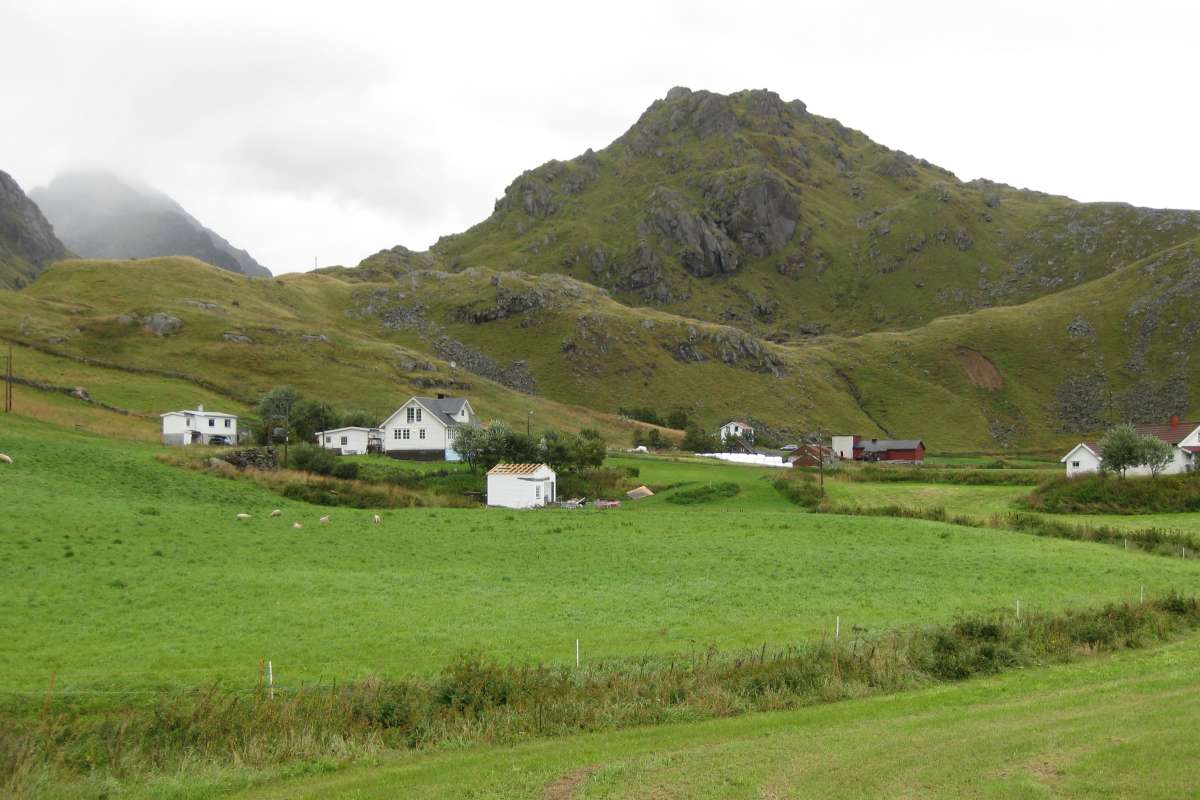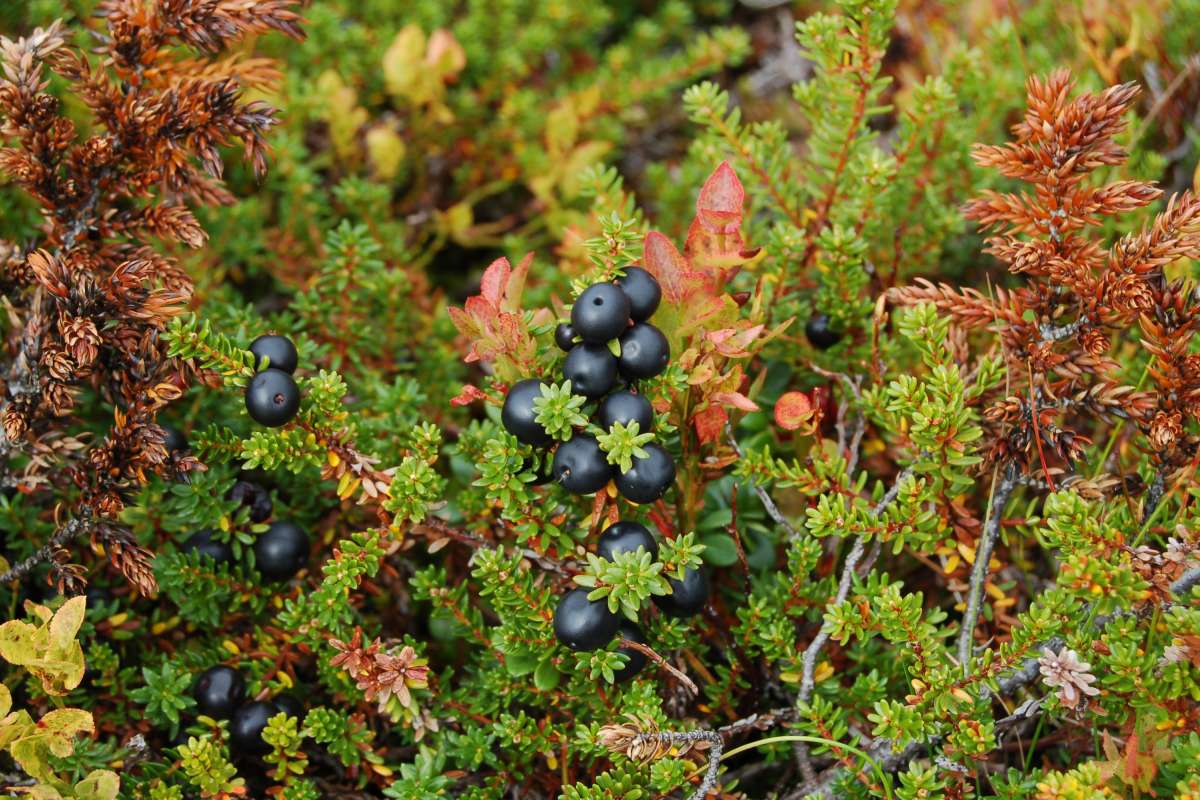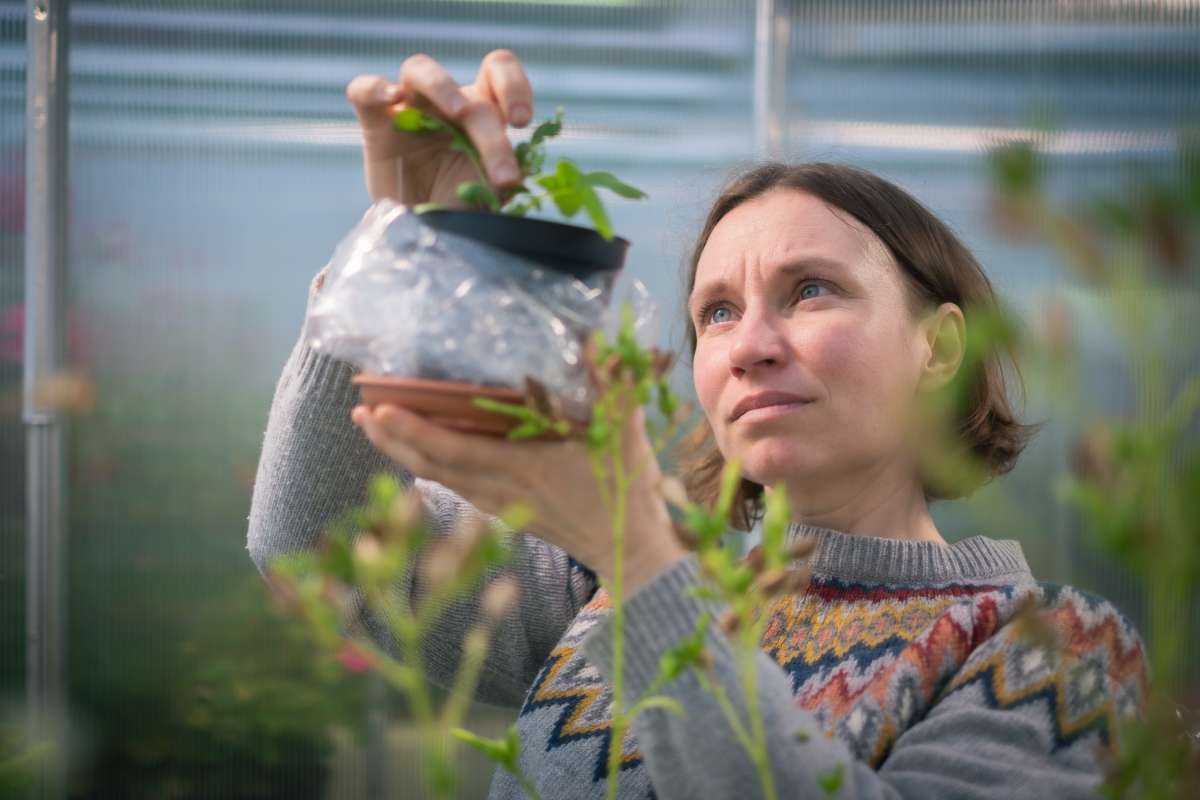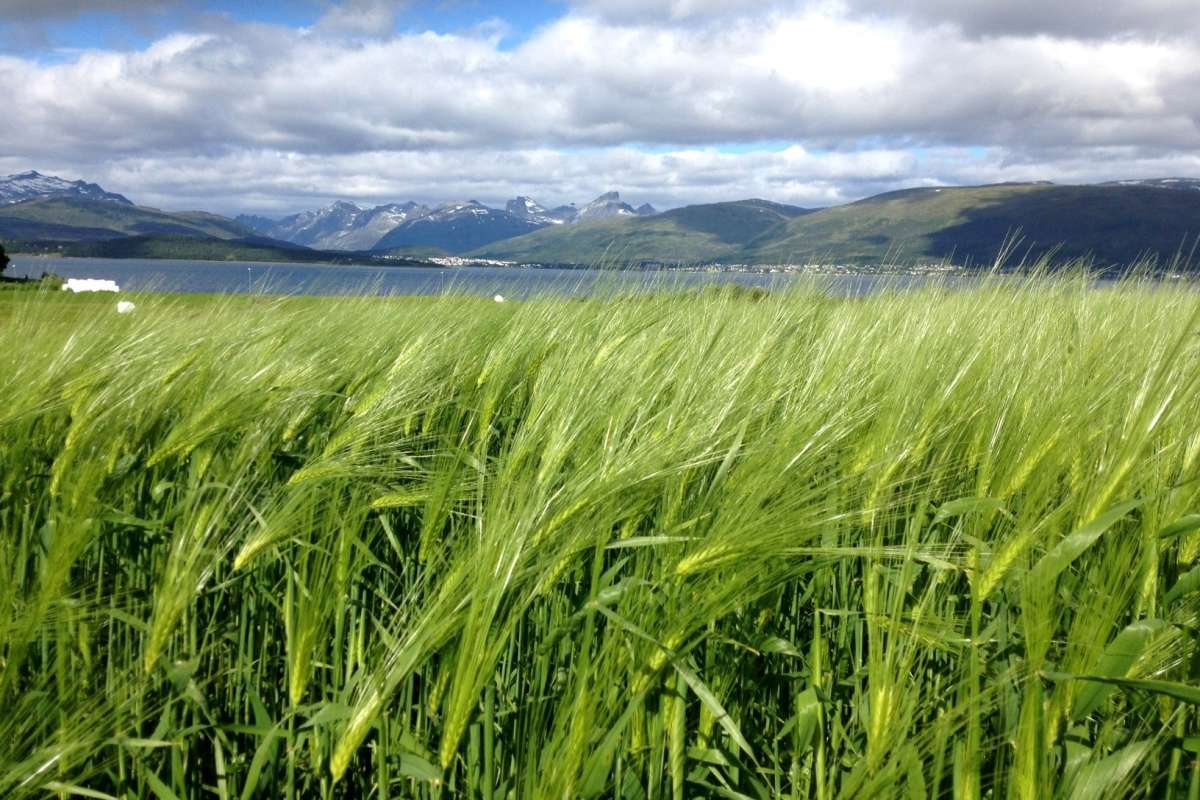Surf and turf: More sustainable food from land and sea in northern Norway?

Salmon farm in Dyrøy, Norway. Photo: Eirk Mikkelsen / Nofima
Food production in northern Norway is important for food security, livelihoods and the population, but also poses environmental and other challenges. Can societal ambitions to increase regional food production be fulfilled while also considering sustainability, coexistence, and circularity?
To investigate this, the Fram Centre has funded the CoastShift research project. It analyses how new technologies and practises in aquaculture and agriculture in North Norway can contribute, and also the potential for restoring the region’s kelp forests, which are vital habitats for juvenile fish.
Aquaculture—growing under scrutiny
Aquaculture in Norway is dominated by salmon farming, with the grow-out phase in open net-pens in coastal waters. Northern Norway’s production has increased both in absolute terms and as a share of Norway’s production. In 2023 it was 700 000 tonnes, 43% of the national production; 6 700 persons were employed in the core activities, and another 10 000 in related industries.
The environmental impacts of salmon farming have been smaller in North Norway than in most other regions in the country. This includes how salmon lice and escapees from the farms affect wild salmon stocks, impacts that have halted aquaculture growth elsewhere.
The emissions from salmon farms dominate the total supply of nutrients to coastal waters, but eutrophication is not a significant problem at present. Emissions of medications used to combat salmon lice can reduce shrimp populations, so anti-lice treatments have shifted towards mechanical and thermal methods. These, however, come with negative effects on the welfare and mortality of farmed fish, and thus also on profitability for the fish farmers.
The density of salmon farms is lower than in other regions, and the risk for area-use conflicts with other stakeholders is thus also likely lower, and the opportunities for expansion greater. Climate change also seems to favour growth in northern Norway rather than in the south. However, with increased production, increasingly negative impacts must be expected, both for the environment and for other stakeholders, unless new technology and practices can reduce the impacts.
Kelp forests—down-grazed ecosystems
Kelp forests have an important role in the coastal marine ecosystem, supporting biodiversity and food production, not least through their importance as spawning and nursery areas for commercial fish species. In the 1970s, the number of sea urchins exploded in the north, likely due to overfishing of their predators. Sea urchins grazed down kelp forests, then kept kelp beds barren by consuming new kelp sprouts. This persistent grazing has led to millions of tonnes of kelp still being absent. It is estimated that 9800 km² of kelp forest have been lost, with major consequences for biodiversity and fisheries.
Agriculture—livelihood under pressure
While agriculture in the north is relatively modest, it is important for rural livelihood and local food supply. The cool climate limits most arable land to growing grass for livestock. In 2022, the production included 151million litres of milk, 19 000 tonnes of beef, lamb and pork, 2 500 tonnes of egg, 6 000 tonnes of potatoes, and 500 tonnes of grain. Agriculture employs around 3 000 farmers and some 3 000 persons in related industries. However, over the years, the number of active farmers and the area farmed has declined more sharply in the north than in the nation as a whole.
Arable land comprises only 1.6% of the total area of northern Norway, so there is a focus on preserving agricultural land. The region has Norway’s largest and best rangeland pastures for livestock: these could be used more. Grazing can increase not only food production, but also biodiversity, as it hinders shrub overgrowth.
Agriculture in the north faces several sustainability challenges. Efforts to utilise sludge from fish farms as fertiliser aim to promote a circular economy and improve environmental practises. However, addressing the economic and social factors behind reduced production and fewer farmers is crucial for long-term viability of the industry.
Produce more food more sustainably?
New technology and practises may make it possible to increase food production and contribute to the green shift through improved sustainability and a more circular economy. Studying these at both the local level and as implemented across northern Norway is an important task in the CoastShift project.
In salmon aquaculture, different variants of land-based facilities and semi-closed floating cages are being developed and established. With more control over water flow than in the traditional open net pens, they may reduce or eliminate problems with salmon lice, escapees, disease, and emissions to water, even with larger production. They also give opportunities for collecting sludge. On the other hand, they are more costly to buy and operate, use more energy, and may lead to new area conflicts.
Different methods to reduce the number of sea urchins and thus help regrowth of kelp forests are being explored. They include live harvest and then feeding to turn sea urchins into valuable food products. Another idea that is being tested is to have tourists and volunteers from NGOs crush the urchins. Results are promising, but a combination of methods may be required.
Climate change presents new challenges for northern farmers both on land and at sea, but also offers opportunities: both need to be addressed. With “precision farming”, environmental sustainability and economic performance are being improved through technology and digitalisation. The circular economy potential of using aquaculture sludge, sea urchin shells and seaweed in agriculture is being investigated.
The CoastShift project continues with studies of new technologies and practises for increased and more sustainable food production in northern Norway. Other studies to support and realise the green shift in the region are also ongoing at Fram Centre institutions, as is clear from the articles in this issue of Fram Forum.
Contacts


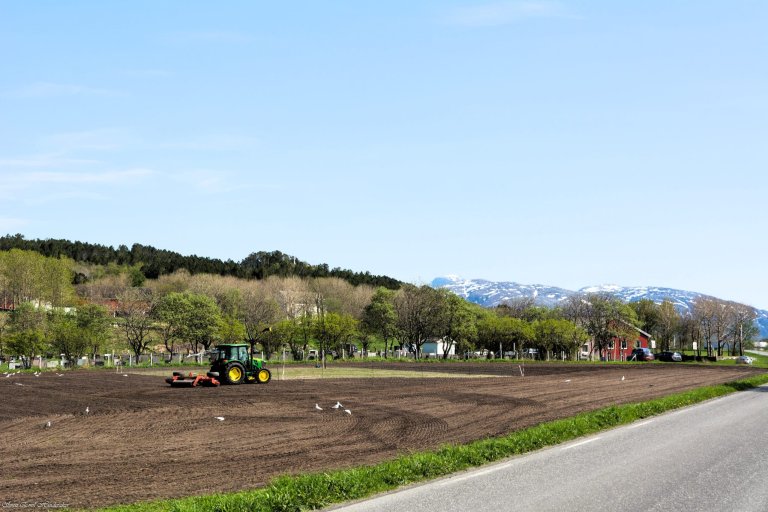
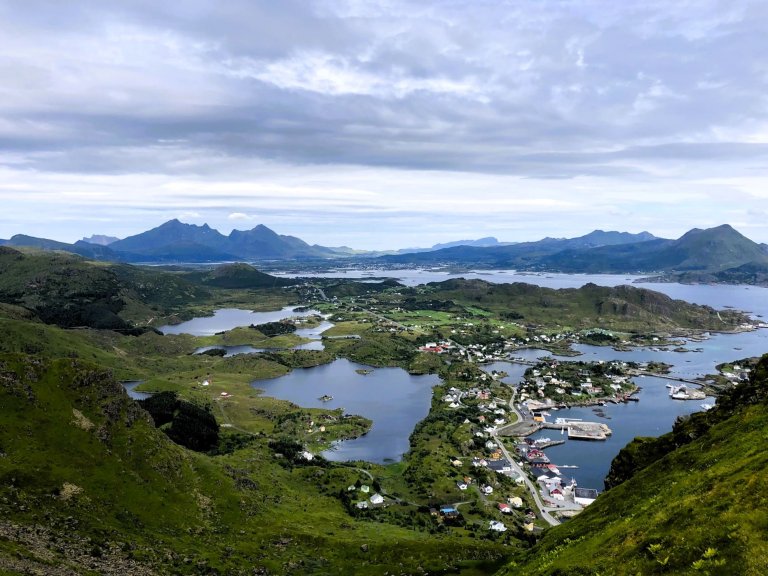
Contacts


